Fall in ELA: 20 Ideas for Reading & Writing in Autumn
Once your students return to school in the fall, it’s time to grab their attention and get them excited about reading and writing again! Fall in ELA is perfect for reading and writing because there is just so much to read and write about – the changing weather, fall colors, pumpkins & other harvest, treats, scary stories, spooky creatures, cautionary tales, corn mazes, Halloween, Thanksgiving, and more! I came up with 20 great ideas for you which can be used in grades 4-12. I have noted which ones are geared more toward younger or older students, when applicable.

1) Fall Haiku: According to poets.org, “A traditional Japanese haiku is a three-line poem with seventeen syllables, written in a 5/7/5 syllable count. Often focusing on images from nature, haiku emphasizes simplicity, intensity, and directness of expression.” Haiku poetry is PERFECT for the fall. First, have a brainstorming session with your students, making a list of possible topics together, to get them thinking what they’ll focus on (the haiku should focus intensely on one thing, usually having to do with nature). Then, give them some quick instructions (and perhaps samples) of how to write them: they consist of 3 lines with 5 syllables in the first line, 7 syllables in the second line, and 5 syllables in the third line, using concrete imagery (vivid sensory descriptions that make readers get clear images in their heads). You may even want to have students make artistic posters out of their poems to display, like the ones shown here:


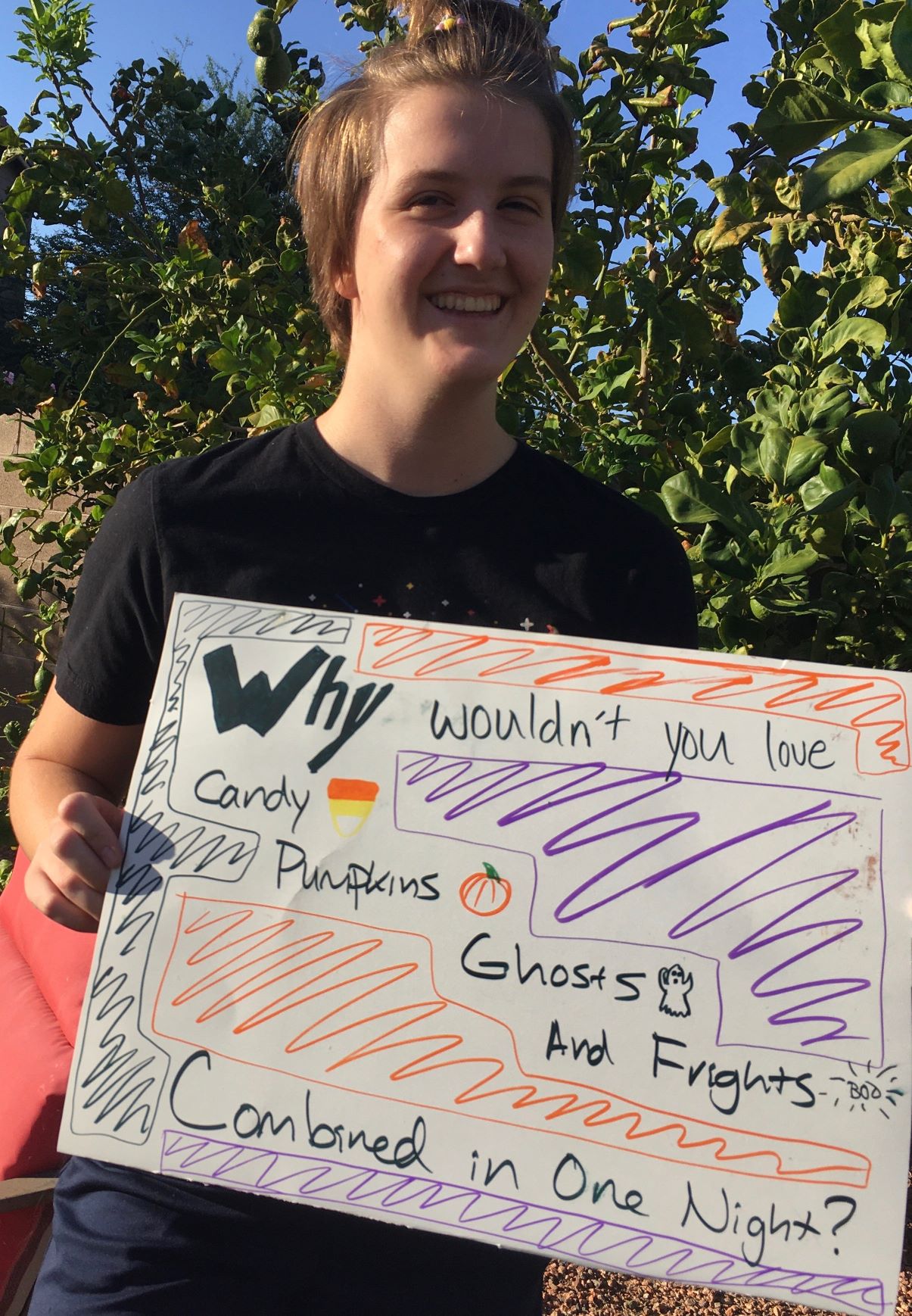

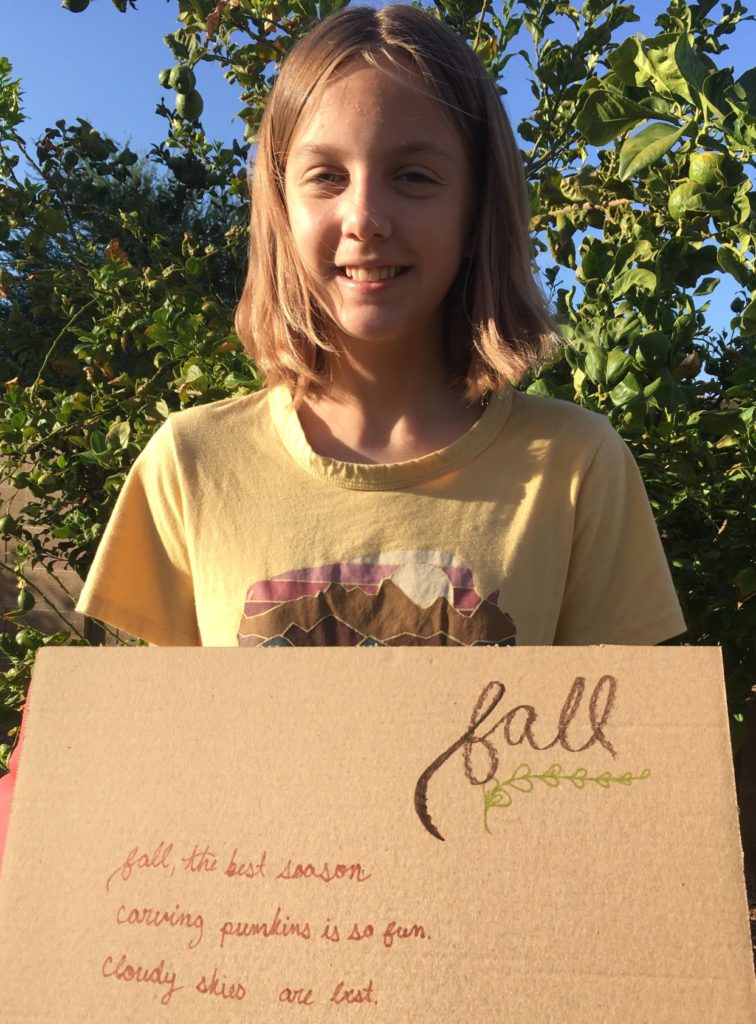

2. Fall Similes and/or Metaphors: Have students write symbolically about the fall. Similes use “like or as.” Metaphors simply say that something is something else that it is not. In upper elementary, it’s easier for kids to write similes. In high school, students should be challenged to write metaphors. First, brainstorm with students everything they can think of that has to do with the fall season. Then, have them write 5 similes and/or metaphors. For example, “The air changed as if someone turned on the air conditioning,” “The pumpkin is like an orange balloon,” “The candy is as sour as 100 lemons,” “The haunted house is my nightmare,” etc.

3. For Grades 4-6: It Came From Planet Simile:
Have students draw this creature, the creature from planet Simile.

4. For Grades 7-12: Frightening Flash Fiction: One of the most famous flash fiction stories is by Ernest Hemingway.
For sale: baby shoes, never worn.
Only six words, it still manages to tell a scary story. If one line isn’t enough, you can double or triple it, though. These are so short that you can have students read them aloud!

Image by myscrapnook.com
5. Pumpkins Literacy Activities (FREE DOWNLOAD): Grab their attention with INTERESTING & FREE informational texts about pumpkins, historical literacy passages, vocabulary connections, a poem, fascinating facts incorporated into critical thinking activities, writing explanatory text about how to make a jack-o-lantern, writing a short persuasive text about why and how people can eat more pumpkin in their diets, and more challenging yet fun ELA activities. Perfect for the fall season in ELA, including Halloween and Thanksgiving.
6. Write a How-to Explanatory/Informative Text: Have your students write a short “how-to” informative, explanatory essay to relate an organized sequence of events, beginning with a short introduction, then the steps (using transition words in between), and a short conclusion. Here are some ideas: make a specific costume, carve a pumpkin, host a Thanksgiving, cook a turkey, make candy apples, bob for apples, decorate for Halloween, make a treat, trick-or-treat, etc.
7. Extreme Candy Summaries: Have your students read about how scientists make three types of “extreme candy” in this article. Have your students choose one process to summarize (or two, or three). Have them write one paragraph in their own words, explaining how scientists make that extreme candy.

Image by Fun Classroom Creations
8. Character Eulogy: Tell students to write a eulogy for a fictional character. A eulogy is a speech praising someone who recently passed away. This activity is strange, but it is character analysis, so why not? Have students follow these steps: 1) Choose a character (protagonist or antagonist) 2) Write opening remarks such as “I am the character’s brother…or I was his sworn enemy” 3) Spotlight character traits…”He was brave and daring,” “She was timid yet kind…” Here is a humongous list of character traits to peruse. 4) Give words of comfort and a final farewell.
9. Thanksgiving Gratitude Theme Reading & Writing Activities (FREE DOWNLOAD): Grab their attention and get them feeling grateful with this Free Thanksgiving Gratitude Theme Reading, Writing, and Language! A great selection of Aesop’s Fables with themes (morals) related to being grateful and giving thanks. Students explore character, motivation, theme, and new vocabulary. A writing warm-up is included with a selection of writing topics in which students must self-reflect on gratefulness. A language portion requires students to make corrections to sentences. Plus analogies to practice new vocabulary! It’s Thanksgiving in ELA! Comes with the fables and an answer key.
10. Analyze Fall Poetry: Have students select a Fall Poem to analyze. Analysis can be as simple as identifying 1) the mood or feeling tone 2) the poet speaker (whether that’s a pumpkin, a mysterious “I” narrator, the author, etc.) 3) theme 4) setting, etc. For upper elementary students, I recommend having them select one of these Harvest/Pumpkins Poems & Songs. For older students/high schoolers, I recommend having them select from one of these Fall poems (such as “Fall, leaves, Fall” by Emily Bronte).

Image by digiwebstudio.com
11. Add a Scary Stanza to a Classic Poem: Have students select a scary classic Halloween poem, such as:
- “The Raven” by Edgar Allan Poe
- “Goblin Market” by Christina Rossetti
- “All Hallows” by Louise Glück
- “All Hallows’ Eve” by Dorothea Tanning
- “Song of the Witches” from Macbeth by William Shakespeare
Then, have them add an additional stanza that would fit into the poem using the same voice, rhyme scheme, meter, language, imagery, etc. as if it were part of the poem. “The Raven” is an especially good choice.
12. Explain How to Make a Corn Maze: Have students write an explanatory, informative text that explains how the Treinan family makes their corn mazes. Have students read all about how the Treinan Farm family makes their corn mazes in three phases. Have them also watch this great short video that explains it. Then, have students write three paragraphs to explain each phase of the corn maze-making process in their own words.

13. Research & Present Why/How Leaves Change Color in the Fall: Have students research about how and why leaves change colors in the fall, such as at this website using an article from weather.com. Then, have them make a graphic organizer listing causes and effects. Here are three causes they can use: 1) temperature changes and the amount of daylight changes 2) chemical changes occur 3) the mixing of varying amounts of the chlorophyll residue and other pigments. Using the article, students can list causes and effects.
14. Make a Potion Recipe: For upper elementary students, you can have them write a recipe card with fake ingredients such as “1/4 cup kindness” or “1 cup dog fur”…and choose what the potion is meant for, such as “Kindness Potion” to make people nicer. For older kids, perhaps have them write a paragraph about an imaginary potion, what it would be used for, and how it would be made, plus any cautions, etc.
15. Write a Halloween Story: For upper elementary students, I recommend having them select one of these story prompts from “13 Halloween Writing Ideas.” For older students such as high schoolers, you can have them write a “Gorey Story.” Edward Gorey is a writer/illustrator known for his strange, gloomy art. Have students select an image and then write a story based on it. Here is an example of Gorey image “The Gashlycrumb Tinies” :
© The Edward Gorey Charitable Trust
16. Story Weaving: This is all about spooky campfire-story-style group story telling. It can be done orally by having each student add one line to the story aloud. Or, it can be done in a written format called “story pass writing” in which you have groups of students (5 or 6, such as a row of students) create stories. Tell everyone to write a beginning (such as “Once upon a time on Halloween night…), give them 2-3 minutes, then tell them to pass it to the next person. The next person writes the next part of the story. And, so on. You use a timer to give them about 2 minutes per round. Just before the final round, remind students to write an ending that wraps everything up. Students can read the stories aloud for fun.

Image by myscrapnook.com
17. Why There are Seasons (FREE DOWNLOAD): Usually when people are getting sick of the summer heat and longing for the air to cool off, they start thinking about why there are seasons anyway. That’s why I made this literacy in science informational text and ELA activities so that students can read and write all about it. Check it out! It’s free!
18. Meet My Creepy Friend: Students can create and introduce a “creepy friend” or a “creepy monster” or a “creepy pet critter,” etc. To describe the creepy friend, monster, pet, etc., students find creepy character traits to incorporate into their descriptions. They can find some on my humongous list of character trait words, and/or find creepier ones elsewhere. They can also read this article that explains “How to Write About a Creepy Character Realistically.” Have students describe their creepy friends, perhaps add an illustration, and then “introduce” them to the class.

Image by myscrapnook.com
19. Research and Read Cautionary Tales From the Days of Yore: In just about every culture throughout history, there are cautionary tales that have been passed down from one generation to the next. They are terrifying! A cautionary tale is folklore that warns of danger. There are three essential parts: 1) A taboo or prohibition is stated: some act, location, or thing. 2) A tale is told in which someone disregarded the warning and performed the forbidden act, went to the forbidden place, used the forbidden thing, etc. 3) Finally, the violator experiences an unpleasant fate, frequently related in expansive, grisly detail. You could have students, depending on their age of course, research these. A good place to start is at this website. You could also have students write cautionary tales, again depending on their age and sensitivity levels.

Image by digiwebstudio.com
20. Logic Puzzles: So far, I have made a FREE Halloween logic puzzle asking “Which costume did each friend wear to the Halloween party? Students must use critical thinking deductions to discover the one and only solution. It actually turned out to be more challenging than I thought it would be, so that being said, I am thinking it’s best for middle schoolers, and certainly high schoolers (who need brain breaks too!). Sometime soon, I plan on making a Thanksgiving logic puzzle too, so pin this page and check back soon.
Do you or someone you know teach math? Are you looking for math that’s relevant to real life? If so, check these out:
Click below for FREE ELA PRACTICE TESTS – each targeting specific reading, writing, language, and speaking/listening/viewing standards.
Check out these GRADE-SPECIFIC test prep books with practice tests that target EVERY GRADE-SPECIFIC READING INFORMATIONAL TEXT STANDARD, one by one. An added bonus is that students LOVE the texts! In Easy-Print or Self-Grading Online Versions.
The 6th Grade Practice Tests Test Prep Workbook “is a high quality, beautifully-aligned resource. It is no-frills, to the point, yet high-interest for students. It is helping us prepare for standardized testing in a hybrid, synchronous, difficult year.”
How about save this pin to your “Seasonal Resources” Board so that you can come back to this post again?


6 Comments
Trackbacks/Pingbacks
- Fall Activities for the Classroom • TechNotes Blog - […] Fall in ELA: 20 Ideas for Reading and Writing in Autumn. If you are at a loss for what…



















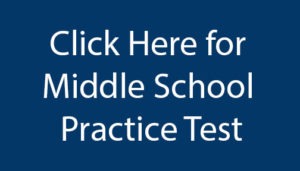


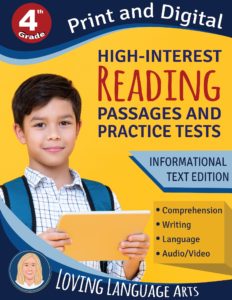








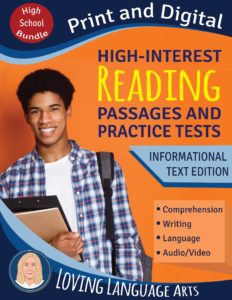

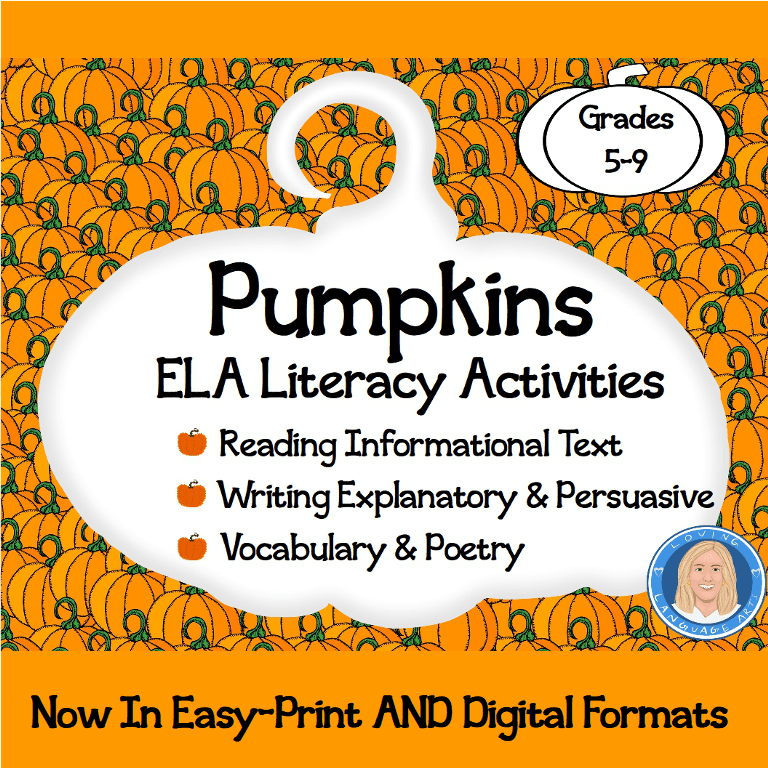



















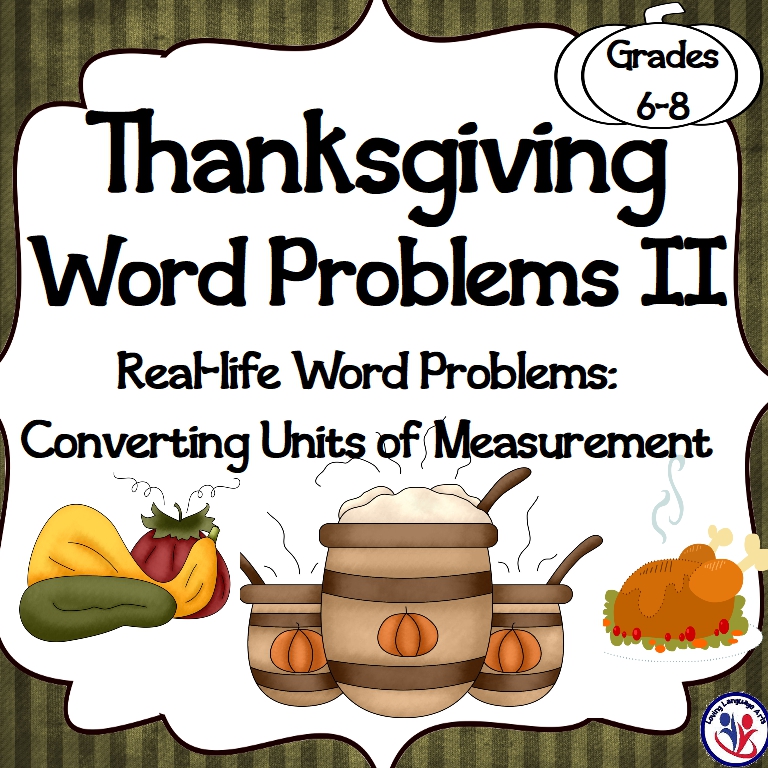








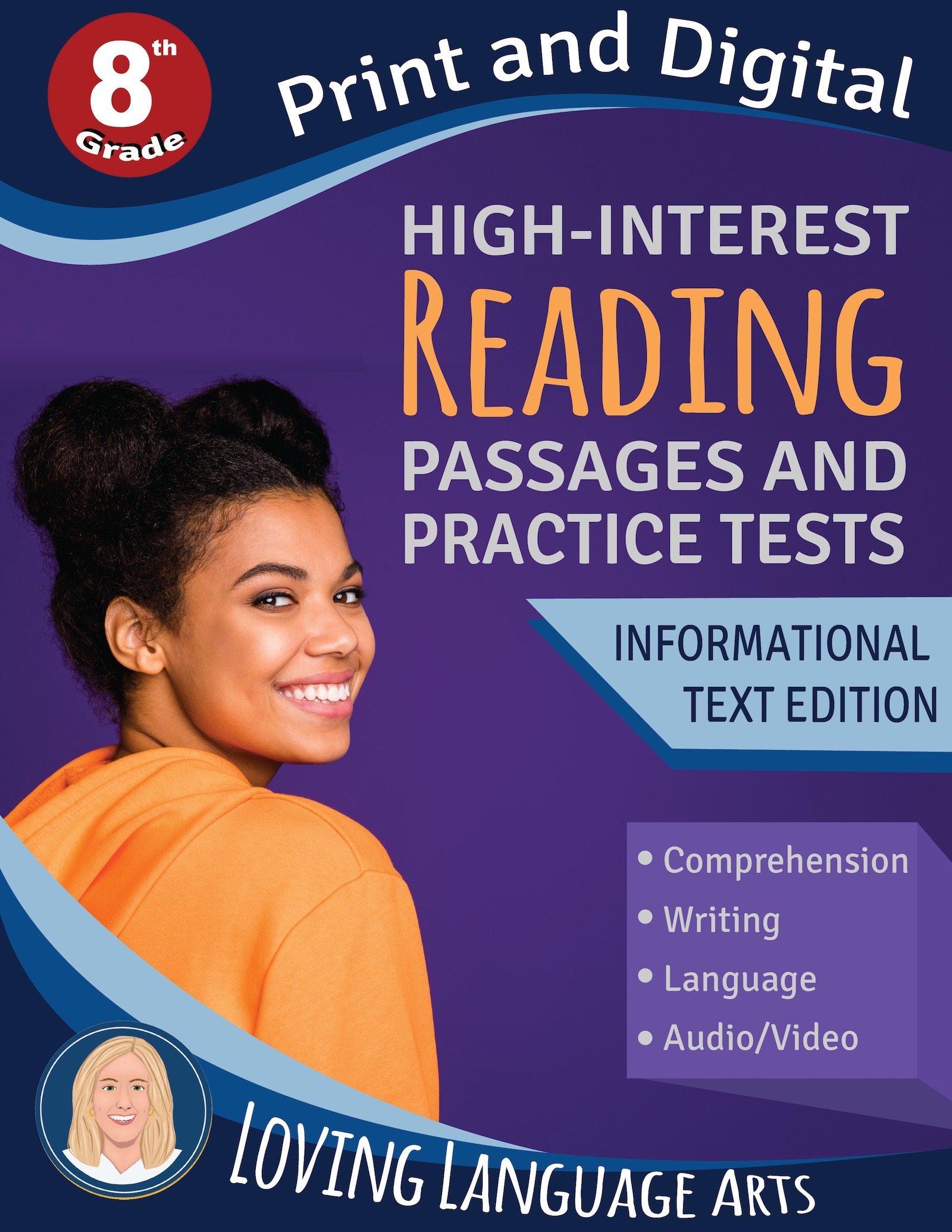


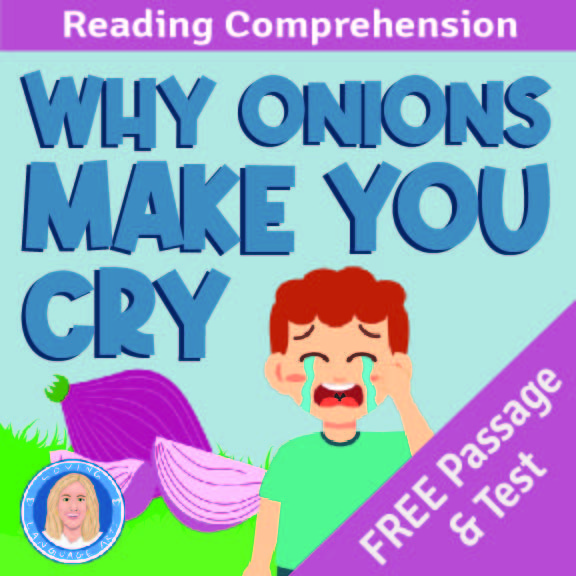

This is quality work regarding the topic! I guess I’ll have to bookmark this page. See my website UY4 for content about Airport Transfer and I hope it gets your seal of approval, too!
What great fall writing ideas! I also love the pictures of your students and their writing!
Thank you so much Michelle. I appreciate hearing what you liked about the post! Hopefully the post helps you.
So many amazing ideas! Love your GIFs and the student samples!
Thank you so much Retta. I appreciate your kind feedback! Hope the post helps you in some way.
This was such an awesome post with such helpful ideas for the fall season. Loved the images of your students with their Haiku poems and pictures.